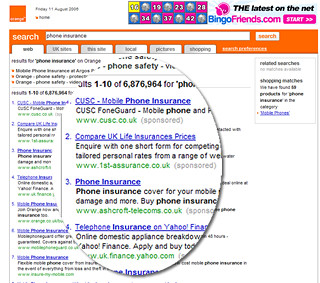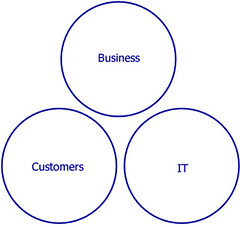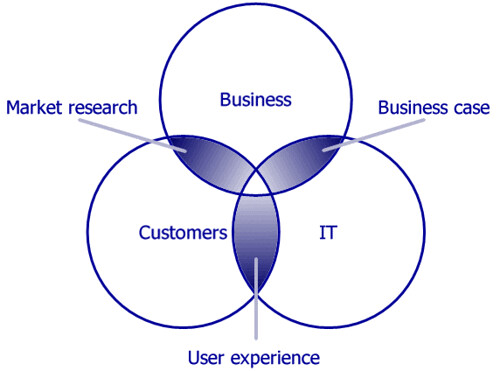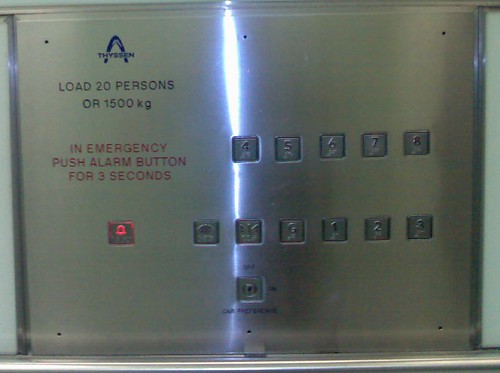Gold VIP experience at Hilton Hotel? Not really…
Before Christmas I received a letter from either Hilton Hotels or British Airways that as a BA frequent flyer I was entitled to a Hilton Honors VIP Gold Card. Indeed the Gold Card was enclosed. I scanned through the letter, and stuffed the Gold Card into my wallet – on the off chance that I would stay in a Hilton Hotel in the next few months – within the period for the card to be activated.
A couple of months later I found myself in Glasgow and was booked into the Hilton. On arrival on the first night I handed over the card. I mentioned that I thought it needed activating. The receptionist took the card and swiped it, and offered me a room upgrade as a VIP customer. Great! I presumed that this meant the card was activated (an inactivated card would not be accepted by their system right?) Over the next few weeks I banked the points on the Goldcard, the number was logged at the top of my receipts and I was a generally happy chappy. Until I logged on to their website to find out how many points my card had earned. The card number was not recognised. So I sent an email to Hilton explaining the above and this is the response they sent me.
thank you for your email. The card which you received was sent to you as part of a promotion by British Airways. For the membership/Gold VIP status to be valid, you would have needed to call us before May 31st 2006 to have your card activated. As this was not done, this would explain why your account number was not recognised by our website.
I have taken the liberty of activating your card for you so that you may begin using it. Your account, however, has Blue membership status, as the promotion which entitled you to Gold status has now expired. We can credit you with points for any eligible stays you made with us within the 3 months prior to today. If you have copies of the bills for any such stays, kindly forward them either to this email address or to the fax number listed below, indicating your HHonors account number, so that we may update your account accordingly.
Now I am puzzled. Why was a card that was not activated, accepted by their system? (Where did this record go to?) Why were they unable to retrieve details of stays against a card number that was entered into their system? And how could they give me Gold membership with a card and account (which can be activated now) but withdraw the offer, despite my having stayed at your hotel and enjoyed the Gold VIP status during my stays. When I challenged them with this I received the following response:
The letter which you received with your promotional Gold VIP card would have clearly stated that you must call to have the card activated before May 31st 2006. As you did not do this, the account was not activated in our system and your stays were therefore not registered against it. We regret if you have been misinformed regarding this, i.e. that our hotels were accepting your card even though it was not active. We are, however, unable to honour you with the Gold status you were offered, as you did not fulfill the criteria of the promotion, which has since expired.
Do I have a warm feeling towards Hilton now? Not really. The promise of a loyalty card that would have driven my return business (and reccomendation to colleagues) has been dangled before me and cruelly snatched away. Worse, my conversation about Hilton is now this story of a poor experience. And what is a hotel if it is not an experience?




